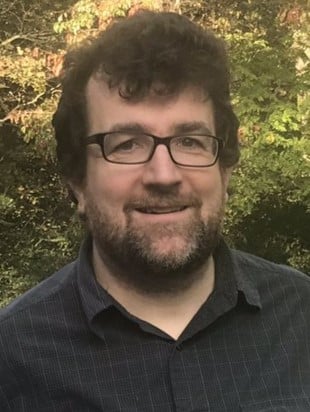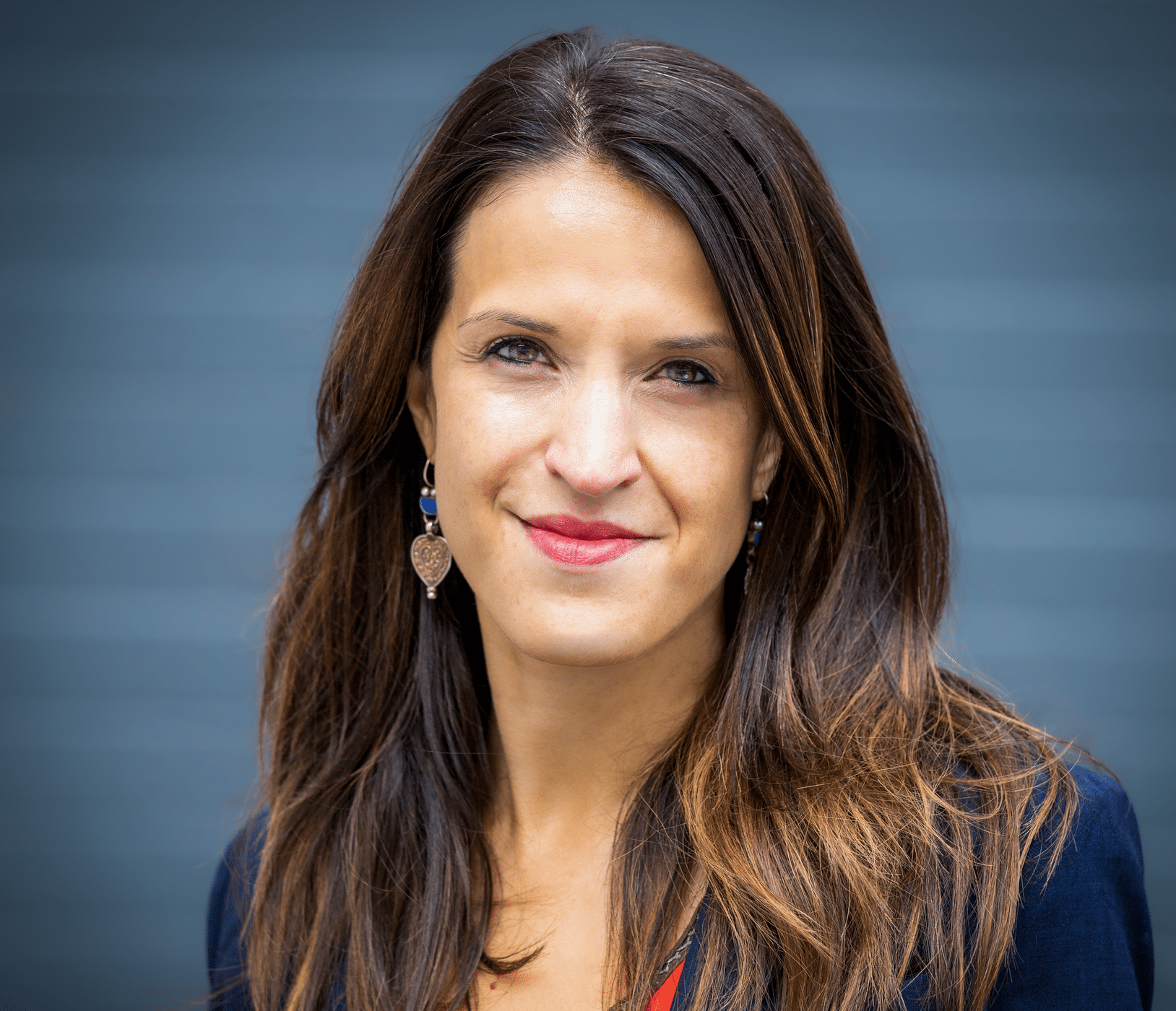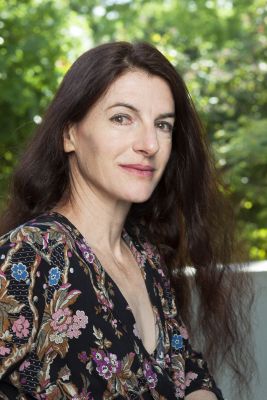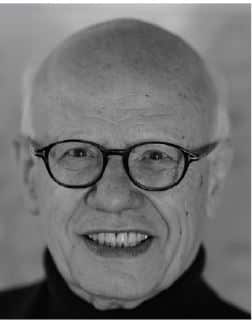Research project
Learning behind the Maths : Art, education, communication
Summary of the research project
This work is a direct development of my work as an Iméra fellow, and the conference “The Mathematical Feeling of Space” held during that time, both in collaboration with Pierre Arnoux. The central idea is to consider the intuitions and understanding that mathematicians (and others) process in order to both use and create technical mathematics. This intuition comes from many sources, but we focus on the possibilities of visual and spatial models and animations to illustrate a wide variety of mathematical ideas from students in University courses through mathematics graduates and mathematical research. This work has lead to artworks at CIRM, been shown at events like the International Congress of Mathematics, and received 1000s of views on Youtube. In the autumn of 2019 we will both be part of a semester on Illustrating Mathematics that will take place at ICERM, a research institute that is part of Brown University in Rhode Island. We will discuss below several of the projects that would be developed during a further month in Marseille. Videos Illustrating the behaviour of lattices deformations (grids) This summer we released the first of a series of videos that shows the behaviours possible when a grid is smoothly deformed, so that it remains a grid. As you can possibly work out from this description this is not something that can be shown easily with words alone, yet it is a central example that relates to many areas of advanced mathematics. The best description is perhaps the video itself, available both in French and English. This video was the result of work begun during my Iméra fellowship, and we already have a lot of content and ideas for further videos that we will be able to create during a further stay. This concept can be illustrated through animations, and lies at the heart of many areas of mathematics, such as Harmonic analysis, the study of how the powerful system of waves given by trig functions can be generalised to different spaces. It is also a key example in Dynamical systems, and links to questions in Number theory and Geometry. The ultimate goal is to show concretely an abstract space known for more than a century, the modular surface, with its own geometry, which parametrises the shapes of lattices; this has been widely generalised, and the notion of a space of modules is now pervasive in many areas of mathematics; a deep understanding of this first non trivial example, which can be obtained in an intuitive way, is thus an important step in understanding what mathematicians try to do.
The goal for the videos is two-fold; firstly to help the small audience of students studying this material to more easily grasp the key understandings the technical material that controls the behaviour. Secondly to reveal to a far larger audience the beauty and power of mathematical ideas, and how they can link up seemingly very different ideas. This is in much the same way that a performance of a symphony can inspire both music students interested in performing the work themselves and a wider group who can appreciate the beauty but would need significant work to create the performance themselves. The shape of bent ribbonsIn the 17th century Bernoulli asked the question of the shape created by a bent elastic rod. In other words if I take any bar that can bend elastically (so that it reverts to its original shape on release) such as a metal rod and put force on the ends, what shape will it take. This problem was solved by Euler, who in the process created the powerful mathematical technique of Variational Methods (a version of Calculus which can look at how whole curves move and change shape, rather than just points).
A related question asks about the shape formed by a thin strip, for example a strip of paper. As this bends and twists it gives a surface moving along a curve. Again this is a far easier concept to visualise than to explain, and relates to the important concept of a “frame” on a curve or surface, a coordinate system that works well with the geometry of the curve or surface at that point. This concept is central to much of multivariate calculus and differential geometry two notoriously hard subjects that are at the foundation of modern physics. Using models (both physical and on the computer) we can ask the question of what shape these ribbons take when the end points are held fixed, but the ribbon is otherwise relaxed. Mental Representation of mathematics in an Undergraduate course. The first courses in mathematics are, in most countries, a major stumbling block at the beginning of science studies. The rate of failure for these courses is very high, and even students who succeed do not really get the meaning of these courses. One probable cause for these failures is that, for most students, mathematics reduces to pure formalism, without any connection to concrete reality, and in fact without real meaning.Yet, it is possible to give very concrete problems, apparently devoid of mathematics, which lead in a rather easy way to concepts as Pythagorean triples or commensurable numbers, and to a sequence of questions and problems of increasing difficulties.We have set up a sequence of courses using this idea; we intend to develop this sequence (this will need new ideas), and also, which is more difficult, to measure the efficiency of this method, compared to traditional lectures, for the teaching of some basic concepts (such as classical algebraic identities) to first year students.Mathematical ArtThe great strength of art is the ability to communicate beyond the ability of text. This provides a great opportunity for mathematical ideas. A goal of mathematical art is therefore to create the possibility not just to demonstrate a mathematical idea but invite the viewer into discovering the deeper ideas for themselves. We have already begun work to consider this challenge of creating art objects that welcome investigation and through that mathematical discovery. Examples of such objects are shown below.
Biography
Edmund Harriss is a mathematician and mathematical artist, driven by a passion to communicate the beauty and utility of mathematical thinking beyond the discipline. Last year he published “Patterns of the Universe” a bestselling coloring book of images drawn from across mathematics; a second book “Visions of the Universe” is due out in November. His mathematical research is in discrete geometry studying the structure of tilings and patterns, themes that also influence his artwork. Beyond mathematics he has applied these ideas to the study of 2d crystals such as Graphene; this work appeared in the Proceedings of the National Academy of Science. His research has also appeared in Nature and the Notices of the American Mathematical Society. He recently started a research collaboration into the geometry of robot control and 3d printing. This grew out of the development of interdisciplinary courses in CNC design and programming, involving students from across the humanities, sciences, engineering and architecture. His artwork has been commissioned by several universities including Imperial College in London.




